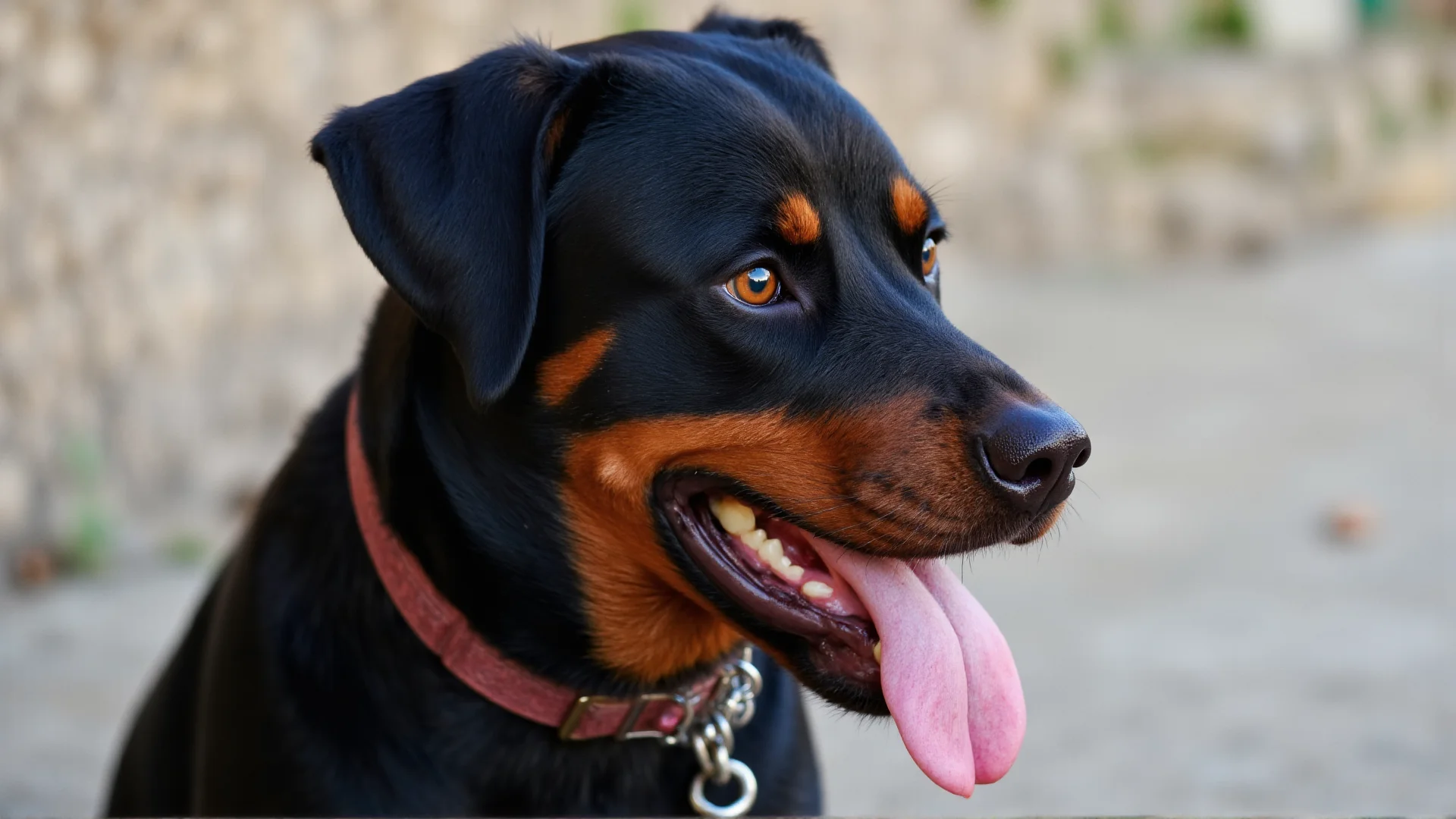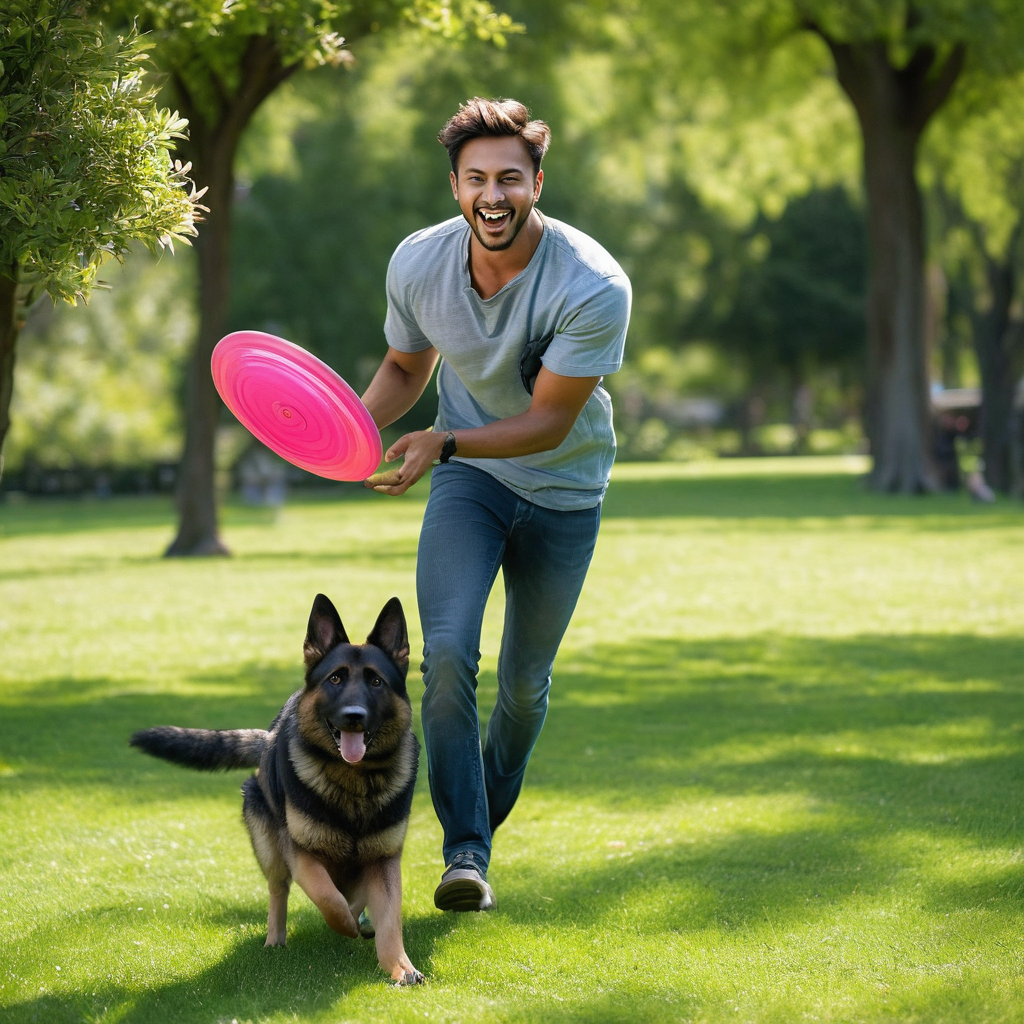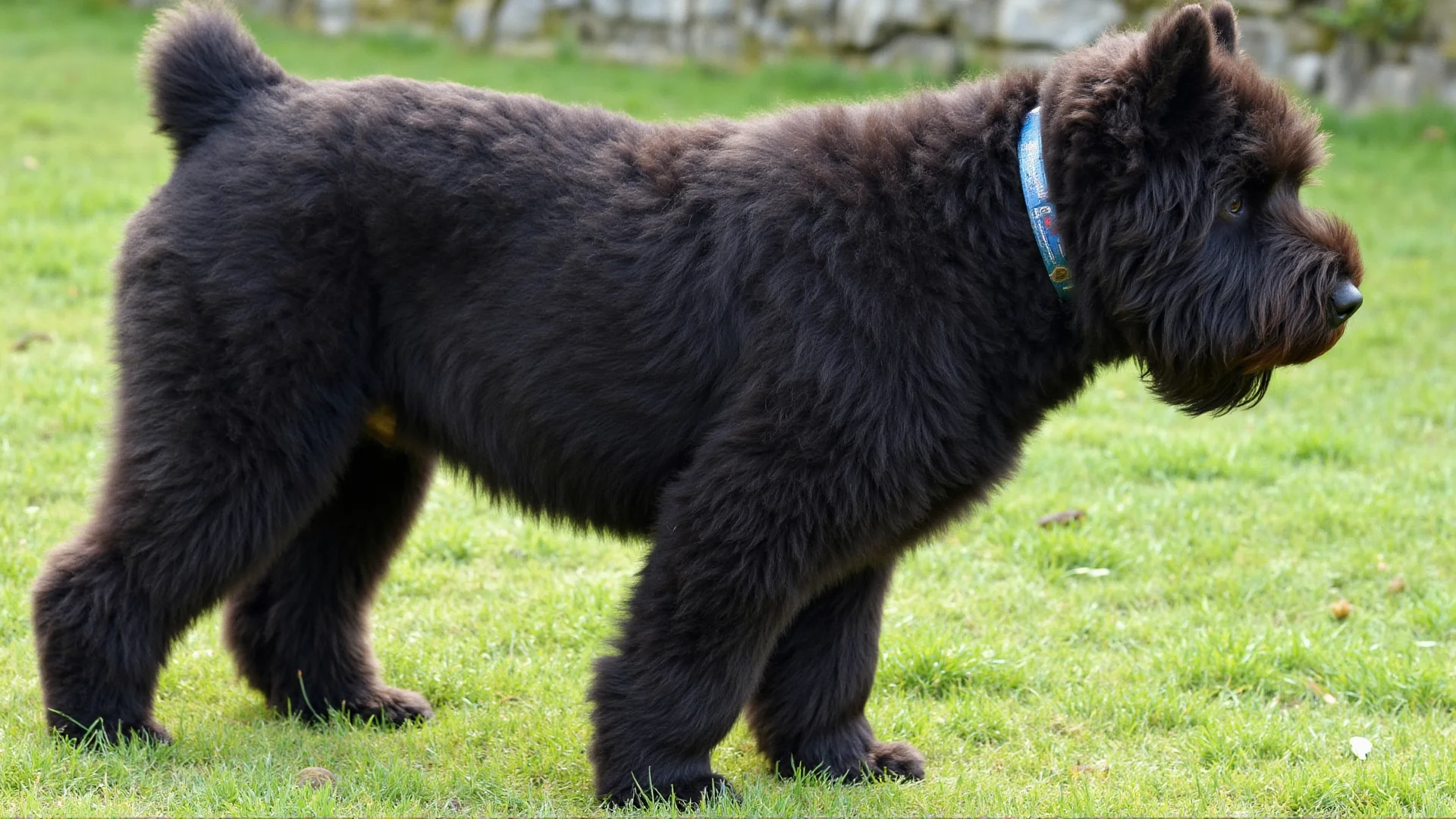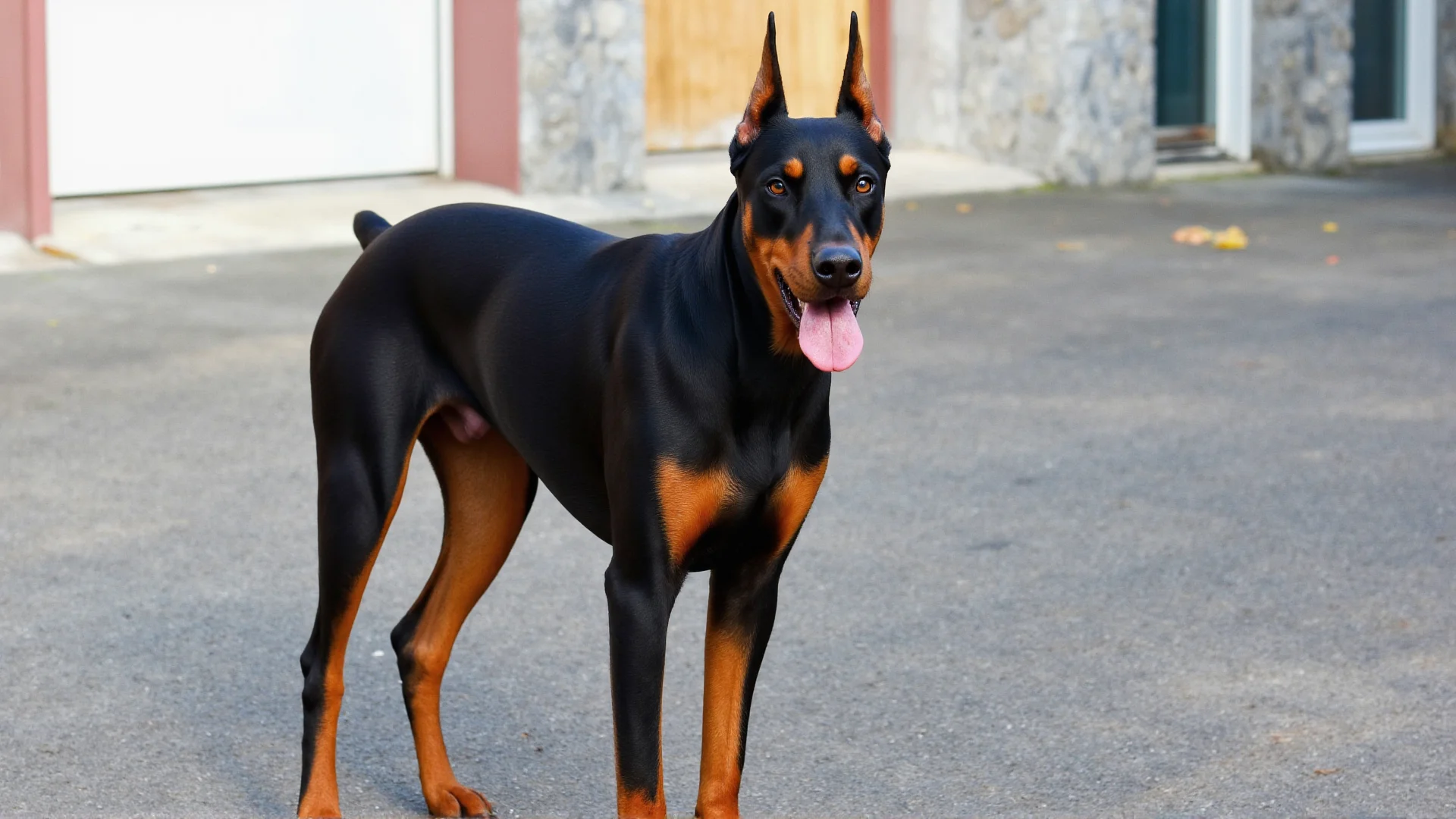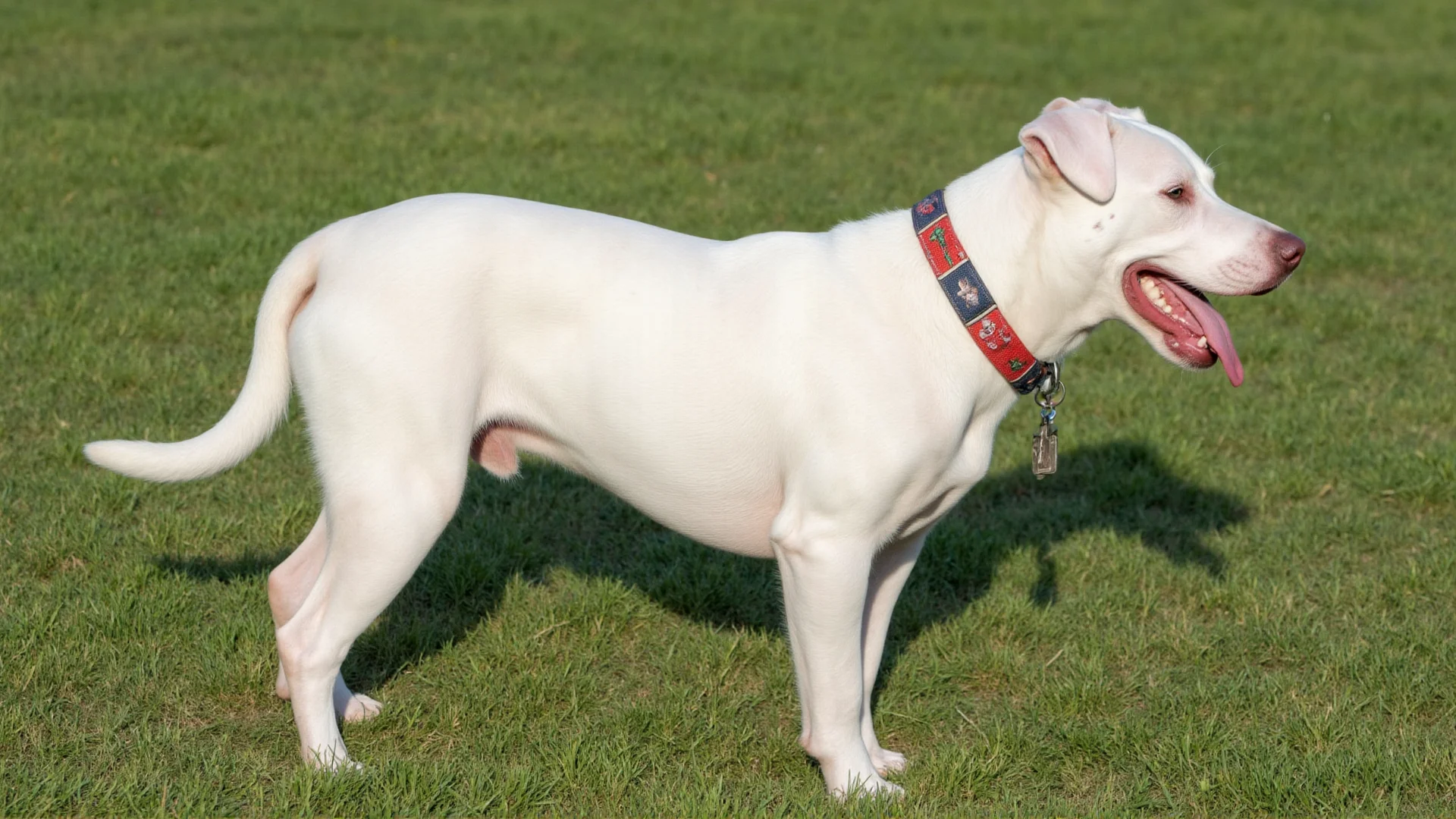The Rottweiler: Your Ultimate Guide to This Powerful Guardian Breed
When it comes to guard dogs, few breeds command as much respect as the Rottweiler. These powerful, intelligent canines have served as protectors for centuries, from herding livestock in ancient Rome to guarding homes and families today. If you're considering a Rottweiler as your family's guardian, this comprehensive guide will help you understand what makes these dogs exceptional protectors and how to properly train and care for them.
Understanding the Rottweiler's Guardian Heritage
Rottweilers were originally bred in the German town of Rottweil, where they served as cattle dogs and guardians for Roman legions. This working heritage has instilled in them a natural protective instinct that makes them excellent guard dogs when properly trained and socialized.
Key Guardian Traits
- Natural Alertness: Rottweilers are naturally watchful and will alert you to any unusual activity
- Territorial Instinct: They form strong bonds with their family and territory
- Imposing Presence: Their size and confident demeanor often deter potential threats
- Loyal Nature: Once bonded, they will protect their family with unwavering dedication
Physical Characteristics That Make Rottweilers Effective Guards
A well-bred Rottweiler possesses the physical attributes necessary for effective protection work:
Size and Strength
Male Rottweilers typically weigh between 95-135 pounds and stand 24-27 inches tall, while females range from 80-100 pounds and 22-25 inches in height. This substantial size, combined with their muscular build, gives them the physical capability to deter and, if necessary, physically intervene in threatening situations.
Bite Force and Jaw Structure
Rottweilers have one of the strongest bite forces among domestic dogs, measuring approximately 328 PSI (pounds per square inch). Their broad, powerful jaws and scissor bite make them formidable when protection is needed.
Athletic Ability
Despite their size, Rottweilers are surprisingly agile and can reach speeds of up to 25 mph. This combination of power and speed makes them effective at both deterring threats and pursuing intruders if necessary.
Essential Training for Your Guardian Rottweiler
Proper training is crucial for developing a reliable guard dog while ensuring your Rottweiler remains a well-balanced family companion.
Early Socialization
Begin socializing your Rottweiler puppy as early as 8 weeks old. Expose them to various people, animals, sounds, and situations while maintaining positive experiences. This helps them distinguish between normal situations and genuine threats.
Socialization Checklist:
- Different types of people (children, elderly, people in uniforms)
- Various environments (urban, rural, indoor, outdoor)
- Different sounds (traffic, construction, doorbells)
- Other animals (dogs, cats, livestock if applicable)
Basic Obedience Commands
Before advancing to protection training, your Rottweiler must master basic obedience:
- Sit/Stay: Essential for impulse control
- Down/Stay: Teaches patience and submission to authority
- Come: Critical for recall in emergency situations
- Heel: Ensures controlled walking and positioning
- Wait: Prevents rushing through doors or barriers
Protection Training Fundamentals
Professional protection training should only begin after your Rottweiler has mastered basic obedience and is at least 18 months old.
Alert Training
Teach your Rottweiler to alert you to visitors or unusual sounds without aggressive behavior. Use commands like "Watch" or "Alert" to encourage controlled barking, followed by "Quiet" to stop the behavior on command.
Boundary Training
Establish clear boundaries for your property and teach your Rottweiler to patrol and protect these areas. This includes training them to stay within property lines and to be more vigilant in certain areas.
Controlled Aggression
This advanced training should only be conducted by professional trainers. It teaches your Rottweiler when and how to use physical intervention while maintaining the ability to stop immediately on command.
Daily Care and Management of Your Guardian Rottweiler
Exercise Requirements
Rottweilers require substantial daily exercise to maintain their physical and mental health:
- Daily walks: At least 60-90 minutes of walking
- Mental stimulation: Puzzle toys, training sessions, and problem-solving activities
- Strength training: Activities like weight pulling or climbing to maintain muscle mass
- Patrol time: Allow supervised time to patrol your property
Nutrition for Working Dogs
Guardian Rottweilers need high-quality nutrition to support their active lifestyle:
- High-protein diet (minimum 26% protein for adults)
- Balanced fat content (12-15%) for sustained energy
- Joint-supporting supplements (glucosamine, chondroitin)
- Portion control to prevent obesity
Health Monitoring
Regular health checks are essential for maintaining your guardian's effectiveness:
- Annual veterinary examinations
- Hip and elbow screenings for dysplasia
- Heart examinations for cardiac issues
- Eye examinations for hereditary conditions
Legal Considerations for Guard Dog Ownership
Owning a protection-trained Rottweiler comes with legal responsibilities:
Liability Insurance
Consider additional liability insurance coverage, as some standard homeowner's policies may not cover incidents involving guard dogs.
Local Regulations
Research local laws regarding:
- Breed-specific legislation
- Guard dog registration requirements
- Containment and signage requirements
- Bite liability laws
Proper Signage
Post clear warning signs indicating the presence of a guard dog on your property. This serves both as a deterrent and legal protection.
Building the Right Relationship with Your Guardian Rottweiler
Establishing Leadership
Rottweilers respect strong, consistent leadership. Establish yourself as the pack leader through:
- Consistent rule enforcement
- Regular training sessions
- Controlled resource access (food, toys, affection)
- Calm, assertive energy
Balancing Work and Family Life
A well-trained guardian Rottweiler should be able to distinguish between work mode and family time. Teach clear commands that indicate when they should be alert versus when they can relax and enjoy family activities.
Ongoing Training and Maintenance
Protection training requires continuous reinforcement:
- Weekly training sessions to maintain skills
- Monthly professional evaluations
- Annual recertification if formally trained
- Consistent daily practice of basic commands
Common Mistakes to Avoid
Over-Aggressive Training
Avoid training methods that encourage indiscriminate aggression. Your Rottweiler should be protective, not aggressive toward everyone they encounter.
Inadequate Socialization
Poor socialization can lead to fear-based aggression, which is unpredictable and dangerous. Continue socializing your Rottweiler throughout their life.
Inconsistent Commands
All family members must use the same commands and expectations. Inconsistency confuses your dog and undermines training effectiveness.
Neglecting Basic Needs
A guard dog is still a family pet that needs love, attention, and care. Don't treat your Rottweiler solely as a security system.
Conclusion
The Rottweiler can be an exceptional guardian when properly trained, socialized, and cared for. Their natural protective instincts, combined with proper training and responsible ownership, make them one of the most effective guard dog breeds available. Remember that owning a guardian Rottweiler is a significant responsibility that requires dedication, consistency, and ongoing commitment to training and care.
If you're considering adding a Rottweiler to your family as a guardian, invest in professional training, maintain consistent care routines, and always prioritize the safety and well-being of both your dog and your community. With the right approach, your Rottweiler will serve as both a devoted family companion and a reliable protector for years to come.
